Marketing is one of the key factors impacting the financial result of the company. However, the question of marketing expenses is not widely and openly discussed - how much to spend on what, what kind of budgets make sense, what the ratio of media spend to an agency’s remuneration should be.
Boards rack their brains over how much to budget on marketing activities and how to measure spending efficiency (ROI, marketing originating pipeline).
Marketers ponder how much to allocate to a specific activity or agency. Agencies demand from the clients to specify “how much is available”. Whenever there is little transparency, there is room for speculation, or failed expectations.
That's why I would like to share our aggregated data related to marketing expenses spent by our clients. For this purpose, I have extracted several types of services from the period of 12 months - from January to December 2020.
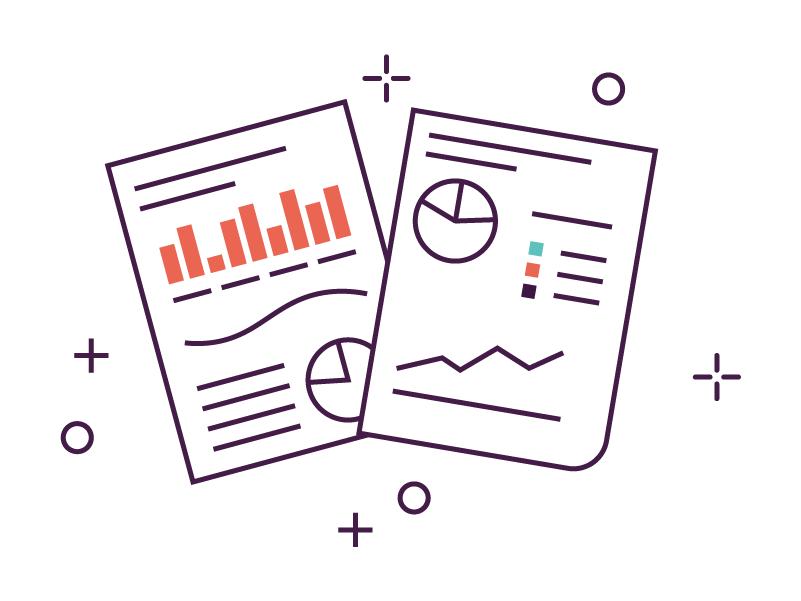
B2B marketing spend - an important caveat
To provide some background, let me mention that at Clipatize we support clients from the B2B sector and high-tech industries. We work in the area of communication strategy creation and implementation, but also handle production of individual assets, marketing collateral, such as videos, interactive formats, landing pages, etc.
We serve the Polish market, but thanks to our presence in Dubai we also support clients in the Middle East, where our activities tend to extend across geographies larger than single countries.
Occasionally, we also work on projects for clients from Western European countries or the USA. These jobs come solely through recommendations from other clients as we currently do not run any sales activities in these markets.
I hope our agency’s claim “One-stop shop for B2B marketing” can help to get an idea of the challenges we help our clients solve.
However, before we dive into the topic of B2B marketing spend, I must disclose that despite our best efforts, this data isn't complete. This happens for several reasons:
- NDAs – we are often bound by our confidentiality agreements and are not in a position to disclose the value of individual contracts.
- Client's specific needs – each project delivers on the client’s specific strategic needs as well as various technological and infrastructural requirements or legacy.
- Non-exclusivity – some of the clients simultaneously use services of other marketing agencies.
Although the data below is incomplete, I hope it might become helpful in preparation for the implementation of plans and serve as a reference point in the process of acquiring resources for their execution.
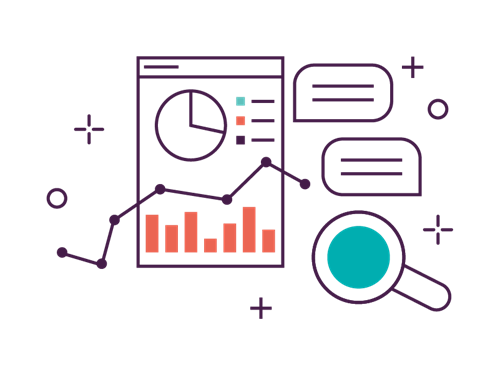
The cost of different B2B marketing formats
Integrated marketing programmes
Integrated marketing programmes are continuous projects carried out for clients for an extended period of time, typically one year. They consist of activities that impact all stages of customer journey - from building awareness through demand creation to pro-sales, lead activities.
Marketing programmes encompass content development activities such as creating expert articles as part of Employee Advocacy on LinkedIn, running a blog, managing clients’ existing websites and building campaign landing pages.
They also include creating ads in the digital channels, media purchases, managing cooperation with publishers, analytics and activity coordination between the client and the agency. These types of activities may be targeted at either a selected single country as well as several countries.
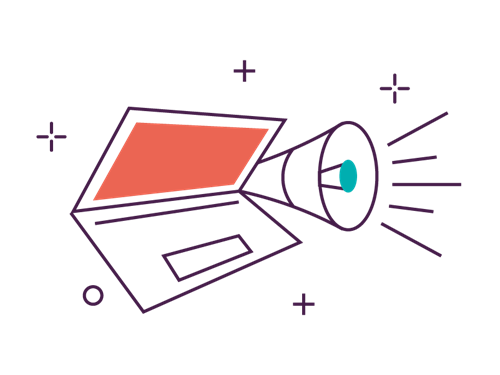
In the analysed period, the average budget of an integrated marketing programme focused on a single market, including media spend, was USD57,336.
- The median was USD34,759, the maximum budget – USD141,904, while the minimum budget – USD17,886.
- In the case of integrated marketing programmes implemented on several markets, the average budget was already USD114,194, while the maximum budget USD231,735.
- Activities on international markets were noticeably more expensive, typically by 100% compared to those focused on a single country.
- The share of advertising expenses in these types of programmes amounts to approximately 10-30% of the total budget.
These figures are much lower than those in wide-reaching consumer campaigns with a different ratio of agency fee to media. Where does this difference stem from?
We believe that the effectiveness of B2B campaigns depends on the relevance of communication materials (content) as well as small target audience groups, as opposed to the CPM/CPC type metrics optimisation and reaching larger groups.
B2B campaigns favour content adapted to professional audience groups. Due to a long purchasing cycle, remarketing plays a pivotal role here and tends to be much more economical than “the first outreach”.
Another reason behind such a proportion of expenses is related to the fact that clients typically only have limited non-sales expert collateral available. Thus, it needs to be created and budgeted accordingly.
The added value of integrated marketing programmes is also the effect they exert on the market long after the completion of the advertising activities (established brand image, established personal employee brands, page authority, social presence, etc.), despite their not strictly lead-generating nature.
Our cooperation with dnata, one of the world's largest air services providers, Emirates group member is an example of an integrated marketing programme.
Tactical lead generation campaigns
By tactical lead generation campaigns we are referring to activities we carry out for our clients periodically, typically focused on promoting selected elements of the offering.
The analysed lead generation campaigns were primarily undertaken in shorter periods – averaging between 1 to 3 months. The average worth of tactical lead generation activities was USD12,852, the median - USD8,125, while the maximum worth - USD34,648.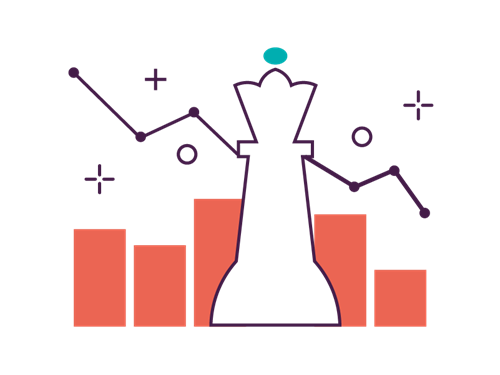
Despite clear expectations in this type of activities - leads, our experience shows that it is not uncommon for the client to struggle to determine what they consider to be a lead, what criteria it should meet, and how many of them translate into success.
This situation often stem from the fact that B2B businesses still have only limited digital marketing experience. Even if they have previous experience, very often it is not saved in the form of benchmarks or reports with clear criteria for future projects.
Many clients undertake lead gen activities, leads are scarce or unqualified by sales, while other metrics relevant in B2B - e.g., influence or engagement - are not reported correctly. Remarketing database maintenance also tends to be neglected. Therefore, numerous B2B campaigns don't bring outstanding results immediately.
To avoid disappointment, we should plan and analyse the metrics as soon as at the campaign preparation stage, not in the process of producing a report. What we tend to do to face the challenge of capturing qualifiable leads is to introduce multiple conversion points as not all acquired contacts are willing to immediately purchase the solutions offered by our clients.
The examples of tactical lead generation campaigns are, among others, our project for Amadeus and Microsoft Partners.
Video
Video is unquestionably one of the best communication formats - easy to digest, engaging, and allowing for the inclusion of a strong creative line. It is, however, more expensive than, for instance, expert articles.
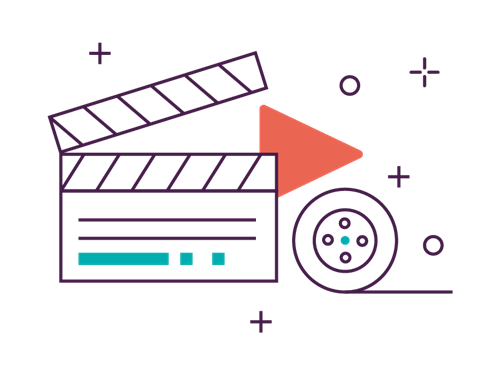 In the area of video marketing, our projects encompassed preparing and producing individual videos or entire series, which were used as product presentations, tutorials, or campaign activation collateral.
In the area of video marketing, our projects encompassed preparing and producing individual videos or entire series, which were used as product presentations, tutorials, or campaign activation collateral.
Budgets for these projects oscillated between USD3,242 and USD21,276. The average worth of a commissioned video project was USD9,392. These projects were alternating between live videos, animations, or a series of short manuals. Examples of this kind of projects can be found here.
In 2020, we did not produce any advertising videos for the B2B sector. However, in the preceding years, budgets for such productions amounted up to USD25,732-64,330, which is a considerable figure for B2B.
Of course, such lavish productions could only be afforded by global corporations, which cared not only about short-term success but also long-term brand strength building. Regrettably, smaller and much more lead-gen focused businesses tend to neglect or not realise this necessity or simply do not have such resources available. This article includes some great examples of such videos.
Interactive and educational formats
This category includes highly engaging solutions, such as animated websites, story-telling, long-scrolling websites, or AR-based solutions which go beyond the standard approach to websites. Instead, they combine online and offline elements for a more memorable communication experience.
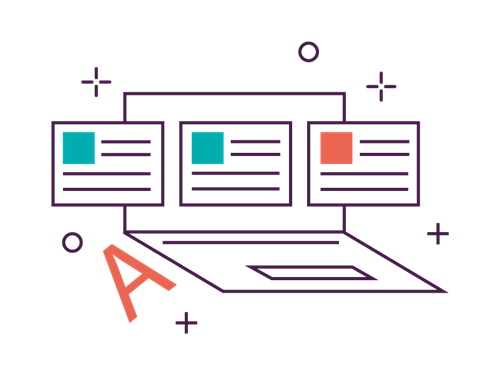
Examples of our projects completed before the analysed period include an interactive catalogue created for DOW Chemical Company or a solution introducing a new GE Healthcare ultrasound machine, which encourages medical professionals to get to know the product in a more engaging way than through a single ad impression.
This category also incorporates scrupulously prepared educational materials, including series of expert presentations which aim to educate the audience, such as courses, learning programmes and more. Our report prepared for the Municipality of Wroclaw is an example of such a project.
Interactive solutions are relatively costly since, apart from content creation, they also require technological implementation and maintenance.
- An average cost of this type of project completed by Clipatize in the analysed period was USD19,767, the median - USD16,679.
- The most expensive project commissioned by a client cost USD38,561.
- The most affordable project in the “interactive and educational forms'' category amounted to USD5,408.
Landing pages
A landing page is a page independent of a corporate website, used for running campaigns and channelling their traffic. It can serve as a conversion point, where users leave their data in exchange for a ‘lead magnet’ - that is, an ebook or access to valuable resources. Here is an example of a landing page.
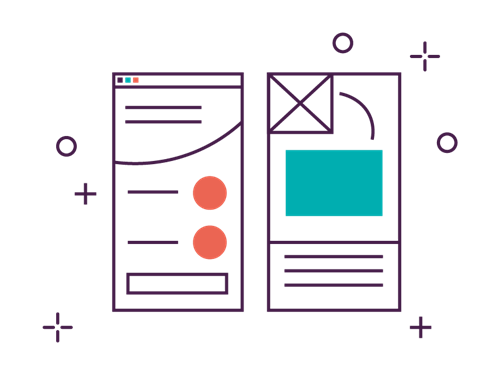
The level of complexity of landing pages may vary. Landing pages are often created by clients’ marketing departments, based on predefined templates available as part of the marketing automation or email solutions already used by the client.
The cost of creating landing pages is much lower than designing full websites. Our clients allocated between USD1,027 and USD2,575 for this purpose. The price of such pages depends on their complexity, client’s technical requirements, and the substantive input necessary to create its content.
Online events
Online events are meetings with a target group in the form of an online lecture (webinar) or a full conference, taking place over a couple of days, featuring presentations from several experts. In the previous year, solutions of this type naturally grew in popularity.
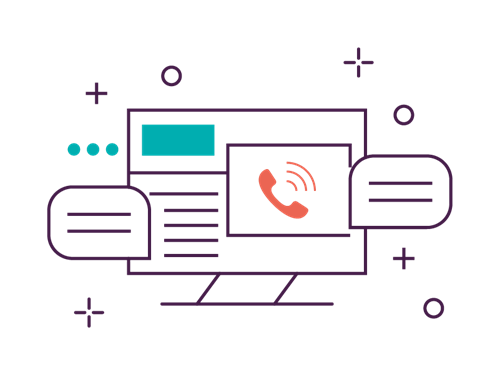
Organising an online event involves preparing the meeting format, setting up registration and event hosting pages as well as infrastructure for transmission and set design. Depending on event expectations, this ranges from a simple presenter’s computer built-in camera, a system of multiple cameras, sliders to lighting and a director’s console. This type of undertaking may also include the preparation of materials for presentation.
Some clients decide to take advantage of the availability of the already set-up infrastructure and register in one go - on top of the live transmission - more video material to be used at a later date, in the “on-demand” model.
Many brands handle online events themselves, without agency support. In the analysed period, we were employed by the clients to prepare more visually appealing events or full conference cycles.
The amounts spent on this purpose ranged from USD5,133 to USD25,381.
Branding
While branding may seem detached from the previous types of marketing activities, such projects proved to be in demand in the analysed period. They consisted in designing branding subsystems, identification projects which were less comprehensive than a complete branding process, or creating value propositions.
I must highlight that in this category, we also include projects focused redefining the offering on both the strategic and strategic copywriting side.
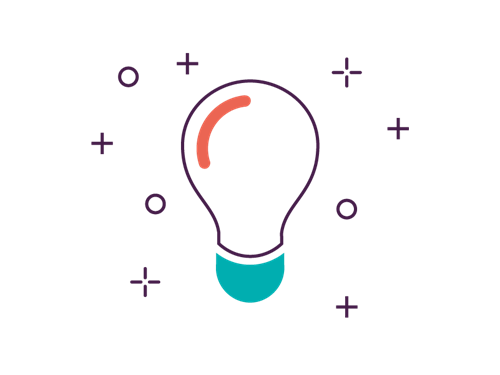
In the analysed period, the budget allocated for the above-mentioned branding projects completed by our agency oscillated between USD4,005 and USD21,314, while the average project worth was USD11,324.
The examples of branding projects – although often of a broader scope – completed beyond the analysed period are the activities we carried out for Ecovadis, Sanok Rubber, and AMB Technic.
Printed materials and graphic design
These activities attracted relatively little interest from our clients in the analysed period, which may be partly due to the outbreak of the pandemic and the fact that we specialise in digital formats. However, we completed several projects of this type, which consisted in creating graphic designs used for print purposes.
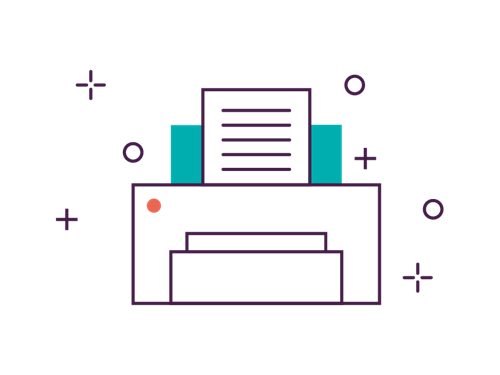
The cost of these projects oscillated between USD1,022 and USD4,694. The average project worth was USD2,219, while the median - USD1,580. An example of such a project completed beyond the analysed period is Artelac.
We also offered our clients a year-long graphic and motion design support in the form of a retainer. An average worth of this type of yearly engagement was USD44,701.
Wrap-up
So how should you plan your B2B marketing expenses? A short, specific answer to this question is never easy.
There is an industry joke which says that half the money spent on marketing is wasted, but the trouble is that we do not know which half. It is supposedly becoming gradually less applicable in the age of digital marketing. Nevertheless, the challenge of success attribution is still alive in the B2B segment and for companies managing their sales through affiliate channels.
Undoubtedly, B2B marketers should allocate resources for diverse purposes and I hope this text will help them better shape expectations and structure budgets.


